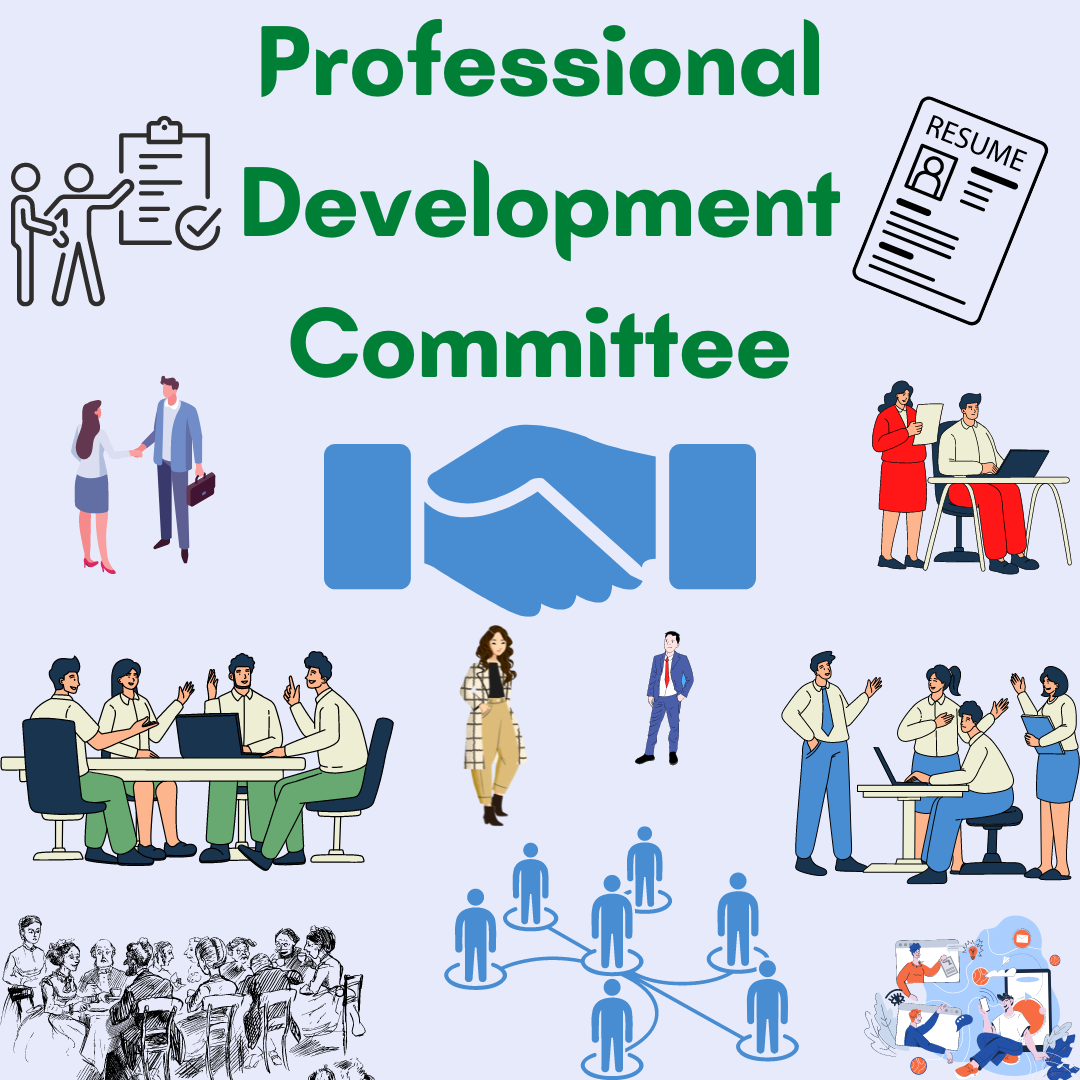A Professional Development Committee (PDC) is the fast-paced and ever-evolving work environment, the need for continuous learning and development has never been more critical. One of the cornerstones of fostering such growth within organizations is the establishment of a Professional Development Committee (PDC). This blog post aims to uncover the essence of a PDC, its benefits, and practical tips for setting up an effective committee.
What is a Professional Development Committee?
A Professional Development Committee is a group of individuals within an organization tasked with the responsibility of overseeing and facilitating professional growth opportunities for employees. The committee’s primary goal is to enhance skill sets, promote career advancement, and ensure that employees remain engaged and productive.
Why is a Professional Development Committee Essential?
-
Enhances Employee Skills:
By identifying and providing relevant training opportunities, a PDC ensures that employees have the necessary skills to excel in their roles and adapt to new challenges.
-
Boosts Morale and Engagement:
Employees who feel that their professional growth is valued are more likely to be engaged and satisfied with their work. This, in turn, can lead to higher retention rates and a more positive work environment.
-
Aligns Development with Organizational Goals:
A well-structured PDC aligns development programs with the strategic objectives of the organization, ensuring that the growth of employees contributes to the overall success of the business.
Key Steps to Setting Up an Effective Professional Development Committee
-
Define Objectives and Scope:
Start by clearly defining the objectives of the PDC. What specific areas of development will the committee focus on? This could include leadership training, technical skills, or soft skills enhancement. A well-defined scope helps in setting clear goals and measuring success.
-
Select the Right Members:
Choose committee members who have a keen understanding of the organization’s needs and possess a passion for employee development. Members should include representatives from various departments to ensure diverse perspectives and needs are addressed.
-
Develop a Strategic Plan:
Create a strategic plan outlining the development programs and initiatives to be undertaken. This plan should include timelines, budgets, and evaluation metrics. A strategic approach ensures that the committee’s efforts are aligned with organizational goals and that resources are used effectively.
-
Promote and Facilitate Training Opportunities:
The PDC should actively promote available training programs and encourage employees to participate. This can include workshops, seminars, online courses, and mentorship programs. Facilitating access to these opportunities is crucial for maximizing their impact.
-
Evaluate and Adjust:
Regularly assess the effectiveness of the development programs and initiatives. Gather feedback from participants, measure outcomes, and make necessary adjustments to improve the committee’s impact. Continuous evaluation ensures that the programs remain relevant and effective.
Enhancing Professional Development Through Secular Education
Integrating secular education into the initiatives of a Professional Development Committee can significantly broaden the scope and impact of the training programs offered. By emphasizing secular education, the committee ensures that development opportunities are grounded in a neutral, inclusive approach, enhancing critical thinking and problem-solving skills without religious or ideological biases. This alignment fosters a more diverse and equitable learning environment, which is crucial for preparing employees to navigate a variety of professional contexts and challenges effectively. As such, incorporating secular education into professional development strategies supports the creation of a well-rounded, competent workforce equipped to thrive in a globalized world.
Tips for Maximizing the Impact of Your Professional Development Committee
-
Foster a Culture of Continuous Learning:
Encourage a culture where learning and development are seen as integral parts of professional life. Recognize and reward employees who actively engage in development opportunities.
-
Leverage Technology:
Utilize technology to streamline the administration of development programs. Online learning platforms, webinars, and digital resources can make training more accessible and convenient.
-
Encourage Feedback:
Regularly seek feedback from employees about the development programs and adjust them based on their input. This ensures that the initiatives are meeting the needs and expectations of the workforce.
-
Highlight Success Stories:
Share success stories and examples of how development programs have positively impacted employees and the organization. This can motivate others to participate and demonstrate the value of the committee’s work.
By understanding the role of a Professional Development Committee and following these guidelines, organizations can create a robust framework for fostering employee growth and achieving long-term success. A well-functioning PDC not only enhances individual capabilities but also contributes significantly to the overall success of the organization.



